These 15 States Have the Worst Education in the U.S.
The United States presents a diverse landscape of educational opportunities and challenges. While some states boast high standards and successful outcomes, others lag behind, facing various difficulties that impede their educational progress.
For example, in South Dakota, the issue of underfunding in public schools has come to the forefront as a significant factor impacting educational quality. Despite a graduation rate of 83.9% – which is not the lowest in the nation – lack of financial support hinders the potential for students to achieve greater success and improvement within the state’s educational system.
Indiana
Indiana’s educational landscape reveals a curious disparity: high school graduation rates are above the national average at 86.8%, but only 25.6% of adults hold a bachelor’s degree.
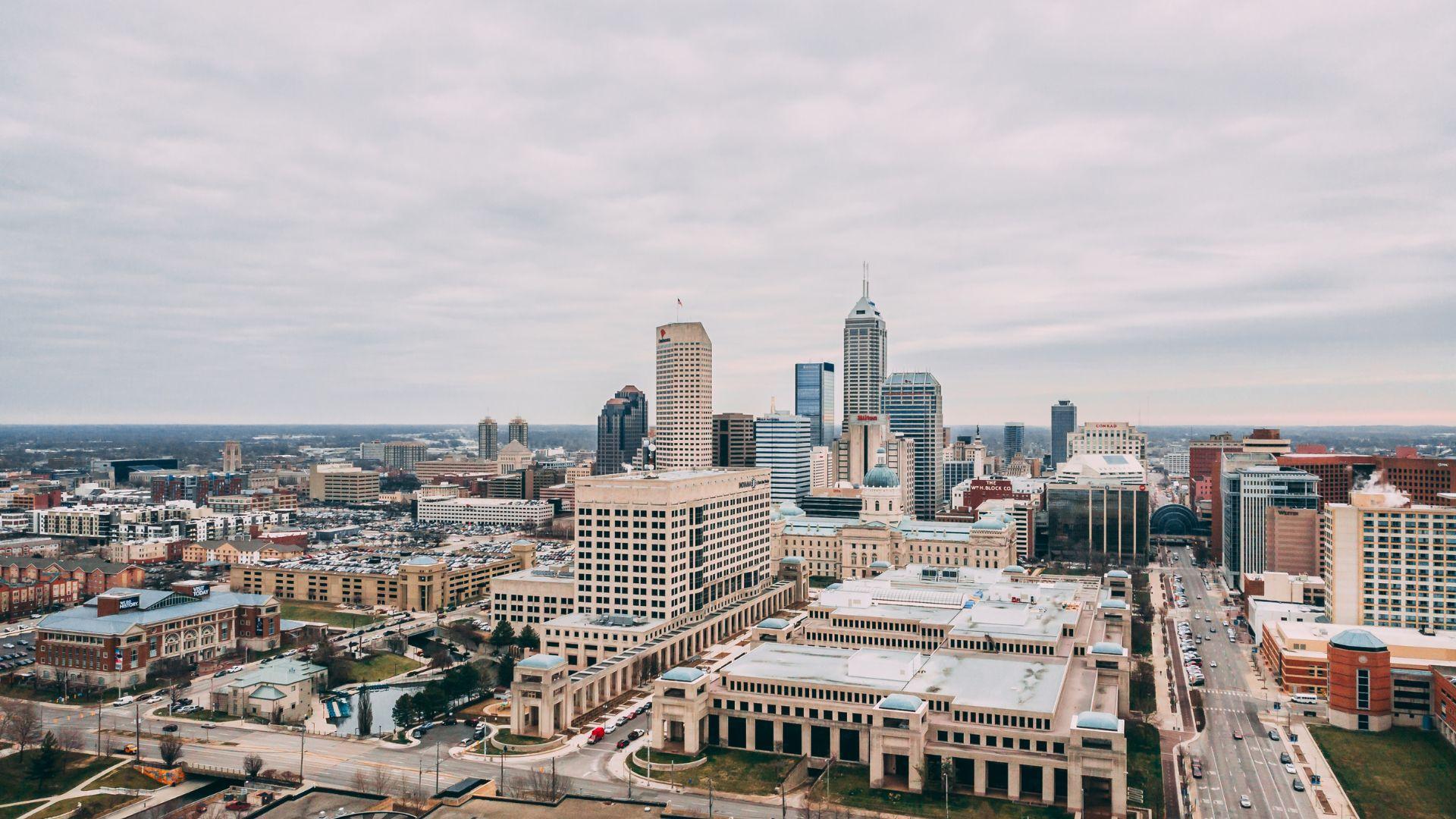
Source: Ryan De Hamer/Unsplash
This places Indiana among the lower ranks nationally in terms of the percentage of residents with higher education, despite the presence of many prominent universities.
Texas
Texas, with its vast population, faces the challenge of adequately funding its public schools, which affects the overall quality of education.
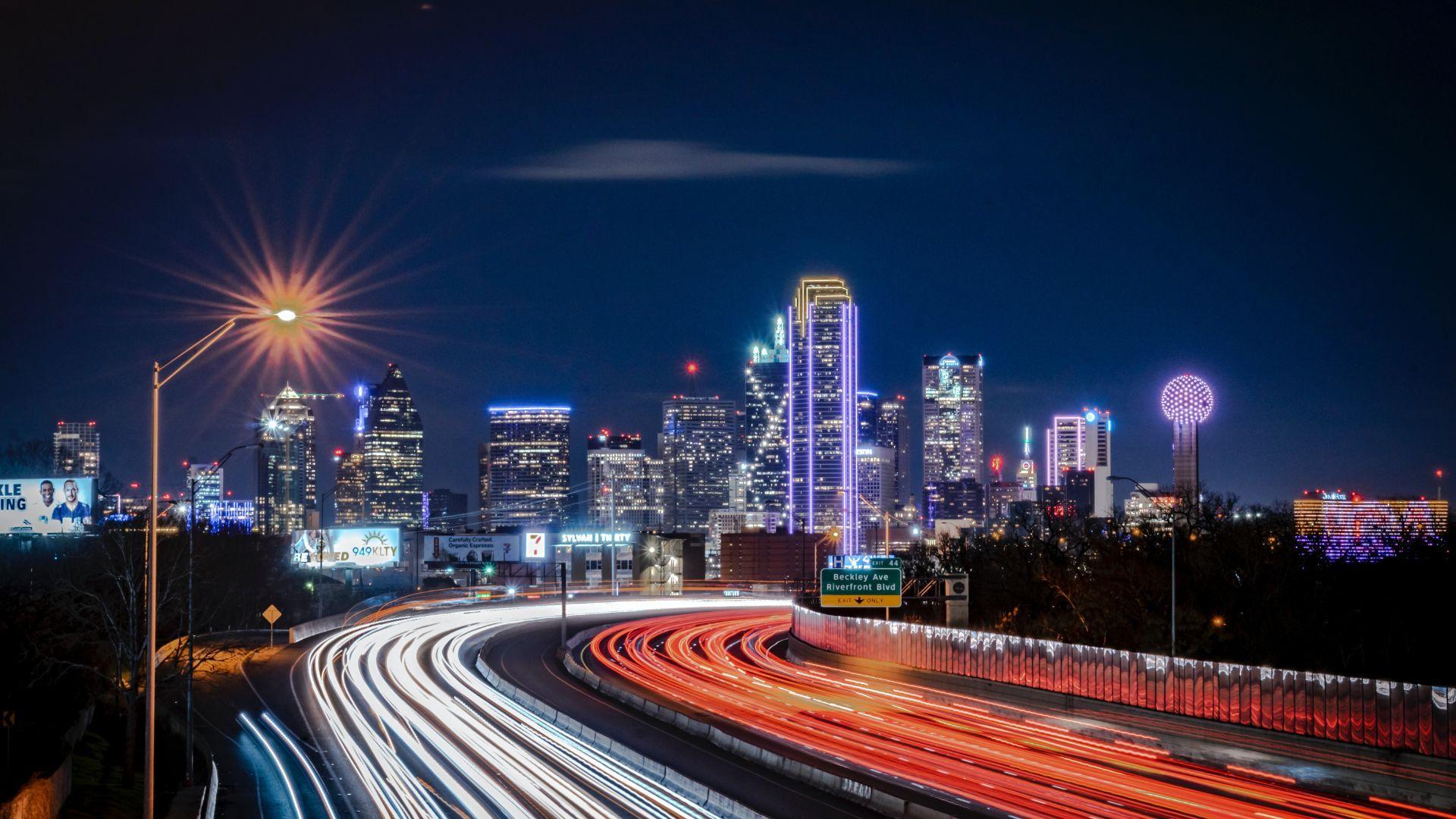
Source: Gabriel Tovar/Unsplash
The high school graduation rate surpasses the national average, yet only 28.9% of adults have achieved a bachelor’s degree. Interestingly, the state’s commitment to high school football receives considerable funding, influencing the financial distribution within the educational system.
South Carolina
South Carolina is dealing with significant educational shortcomings, indicated by low graduation rates and underwhelming state test scores.
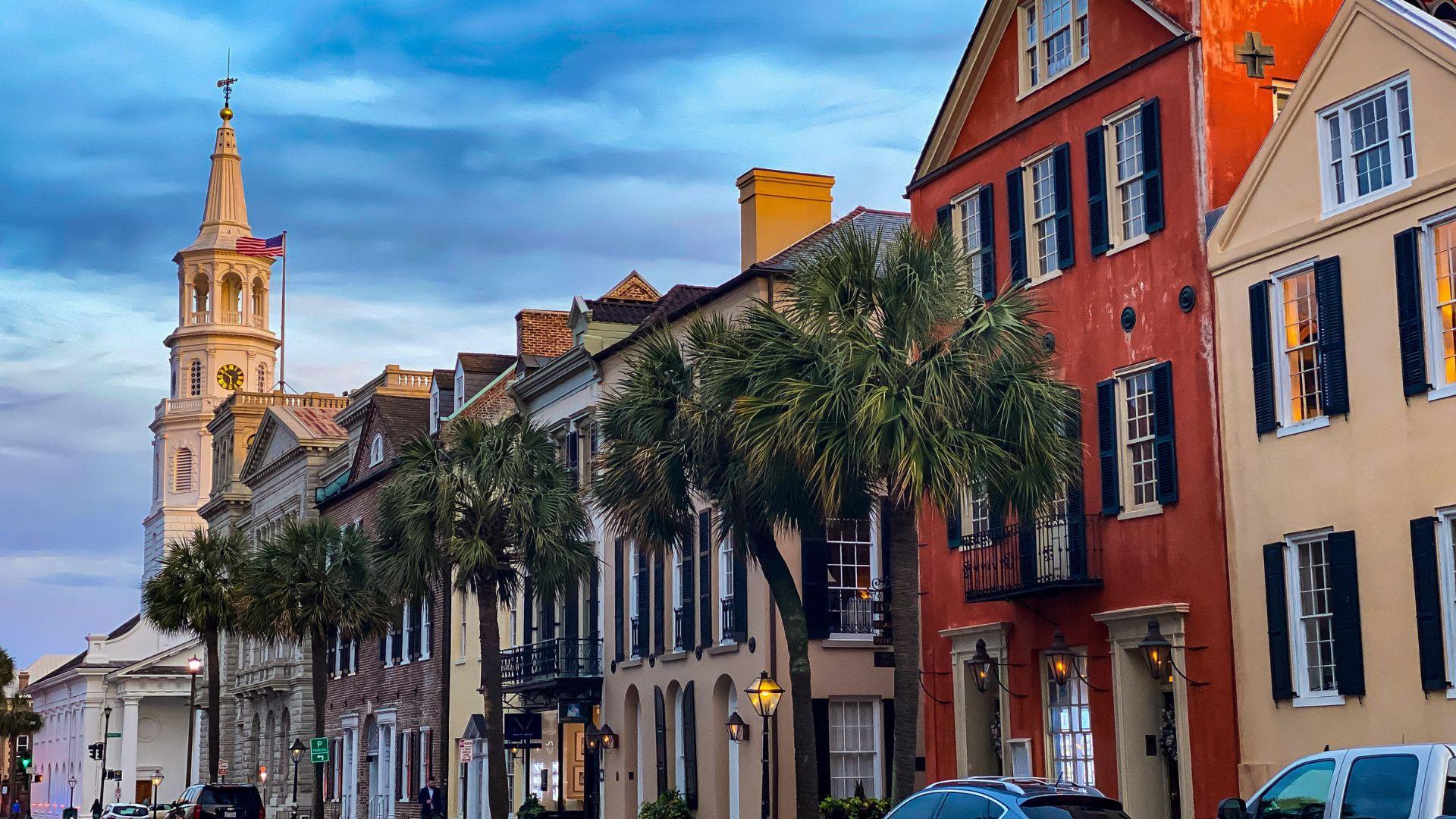
Source: Leonel Heisenberg/Unsplash
Economic factors, such as the low average income of its residents, contribute to this issue. The percentage of adults with a bachelor’s degree stands at 27.2%, reflecting one of the lowest rates in the nation.
Alaska
Despite Alaska’s substantial budget for school spending, it faces unique challenges that contribute to a low graduation rate of 76.2%.

Source: Kathrine Coonjohn/Unsplash
The geographical vastness and the remote location of schools limit student interaction and contribute to a smaller student population at each school, which in turn affects educational outcomes.
Idaho
In Idaho, a lack of funding for early childhood education is a concern, as this stage is crucial for cognitive development.
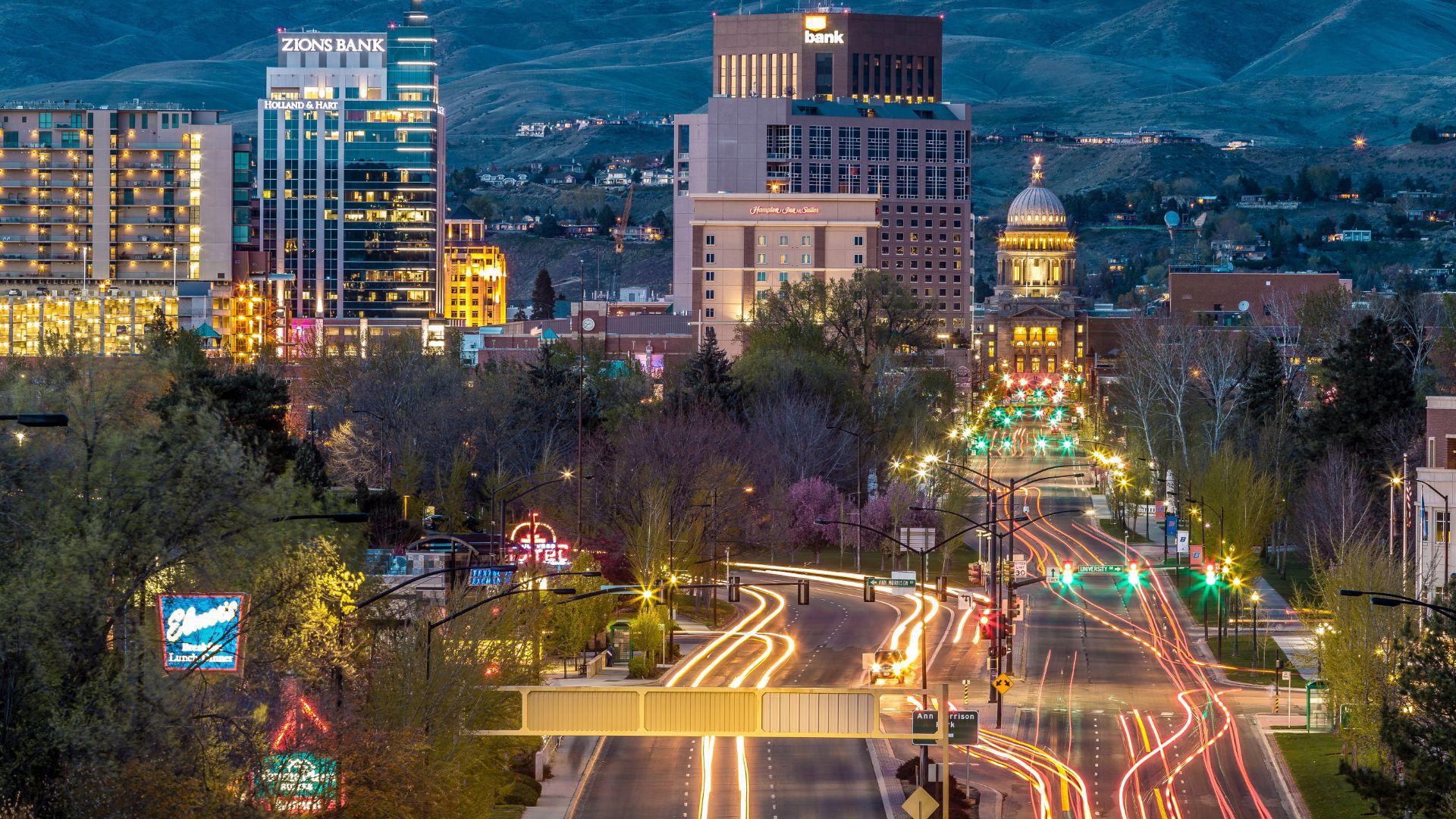
Source: Alden Skeie/Unsplash
The state’s graduation rate is 79.7%, reflecting the impact of insufficient resources in preparing children for their educational journey from the very beginning.
Arizona
Arizona’s educational system shows that a significant portion of students come from non-English-speaking households.
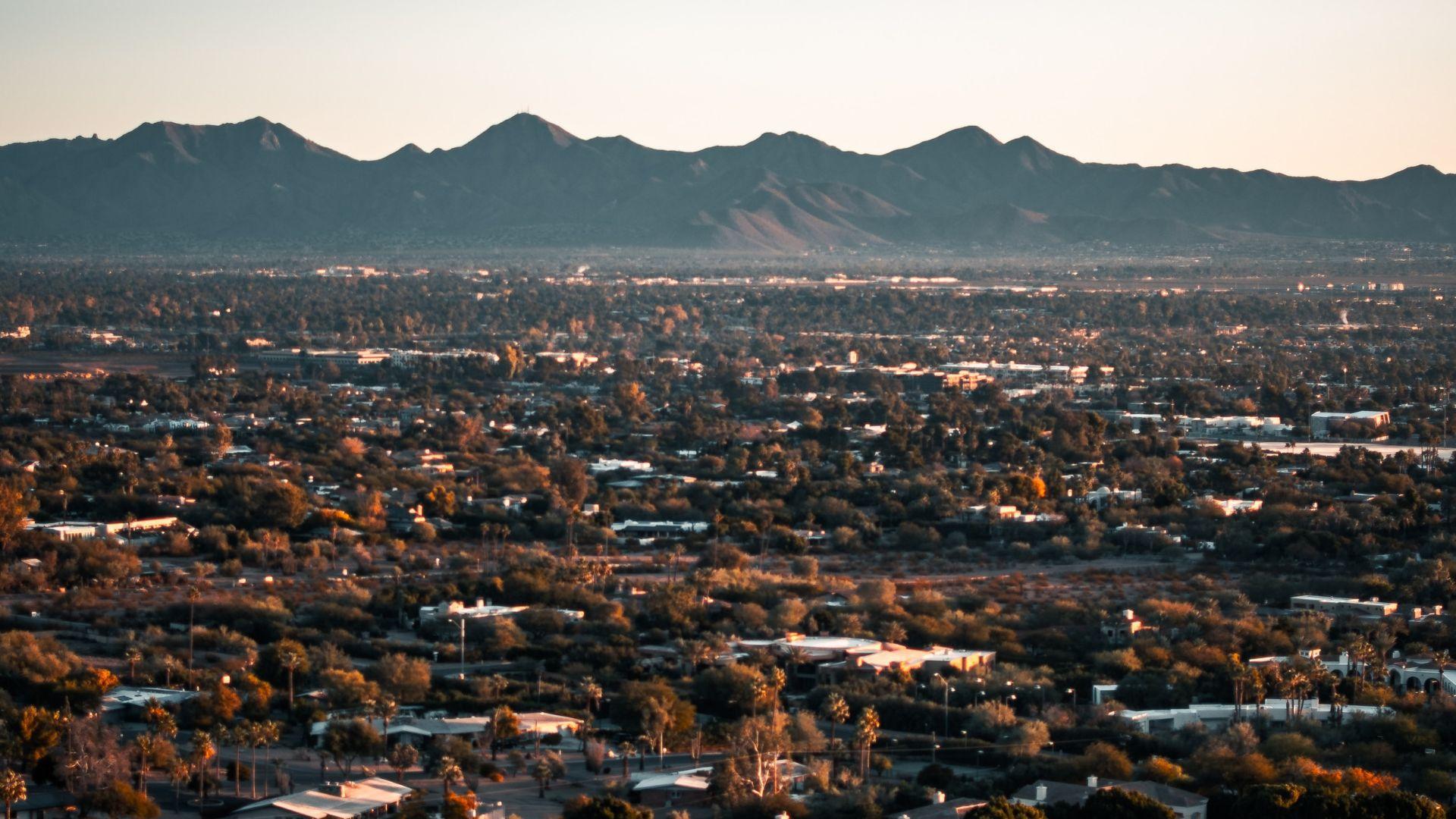
Source: Colin Lloyd/Unsplash
The state does not provide additional resources for these students to overcome language barriers, which may contribute to the state’s graduation rate of 79.5%.
Tennessee
Tennessee has one of the lowest rates of Pre-K enrollment for children aged three and four, which is approximately ten percent below the national average.
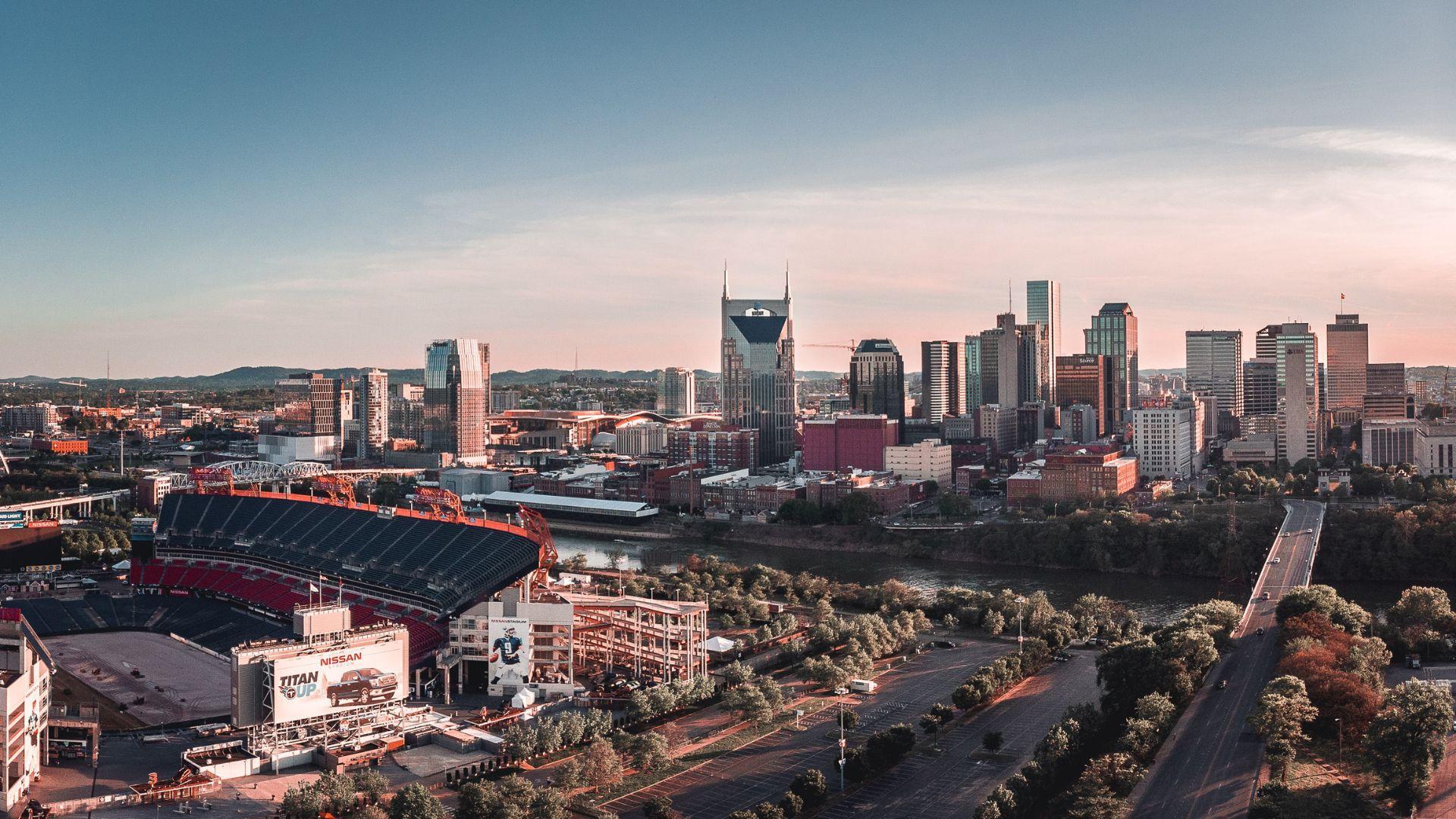
Source: Tanner Boriack/Unsplash
Additionally, the state has a low percentage of adults with bachelor’s degrees, at 26.2%, suggesting room for improvement in the early and higher education sectors.
Nevada
Nevada faces a stark educational reality with the second-lowest graduation rate in the nation—73.6%.
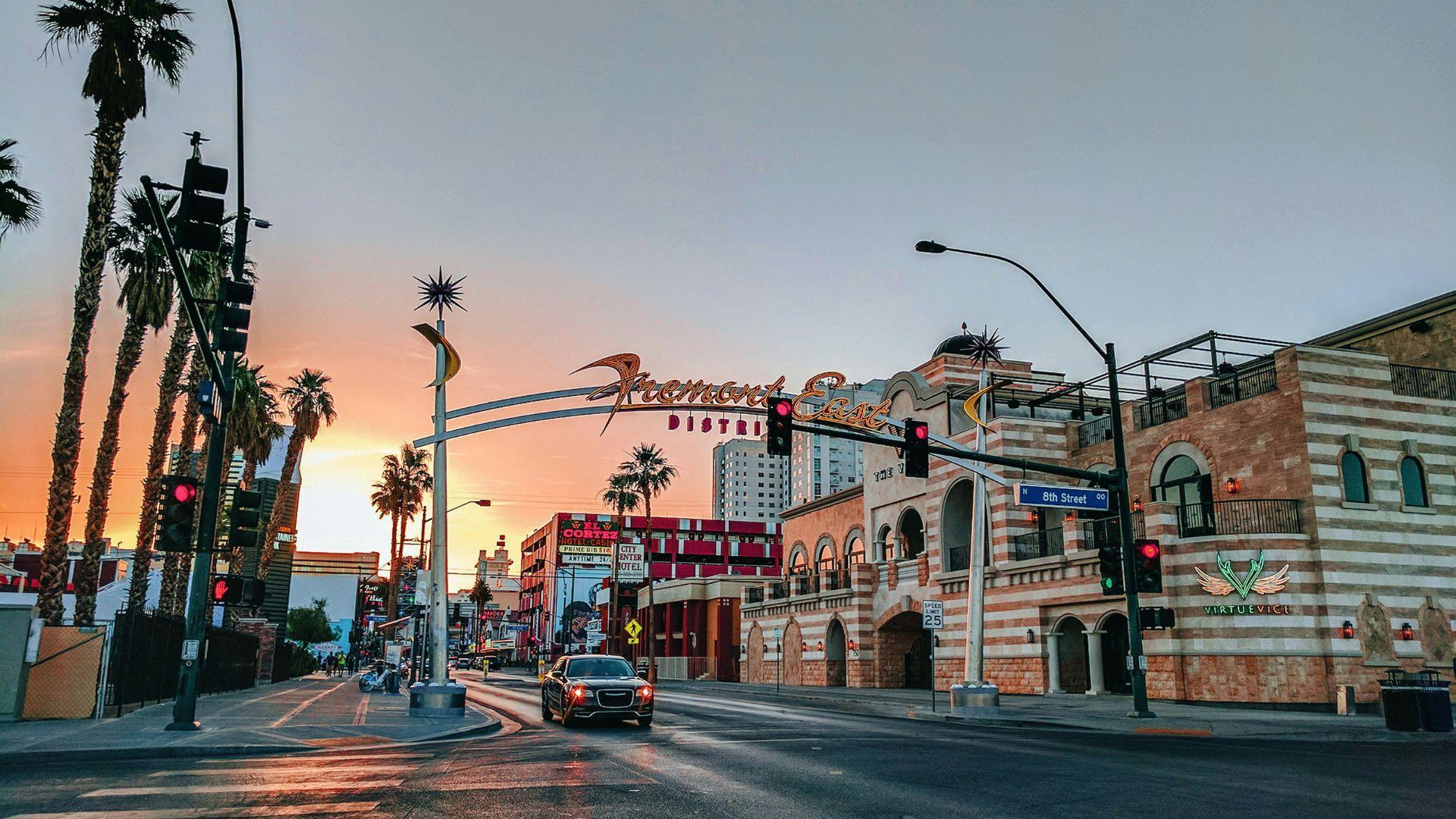
Source: Juliana Malta/Unsplash
The state’s investment in education per school is among the lowest, contributing to these concerning statistics.
Oklahoma
Oklahoma’s education system reveals a specific weakness in mathematics, with proficiency rates for eighth graders and fourth graders being among the lowest in the country.
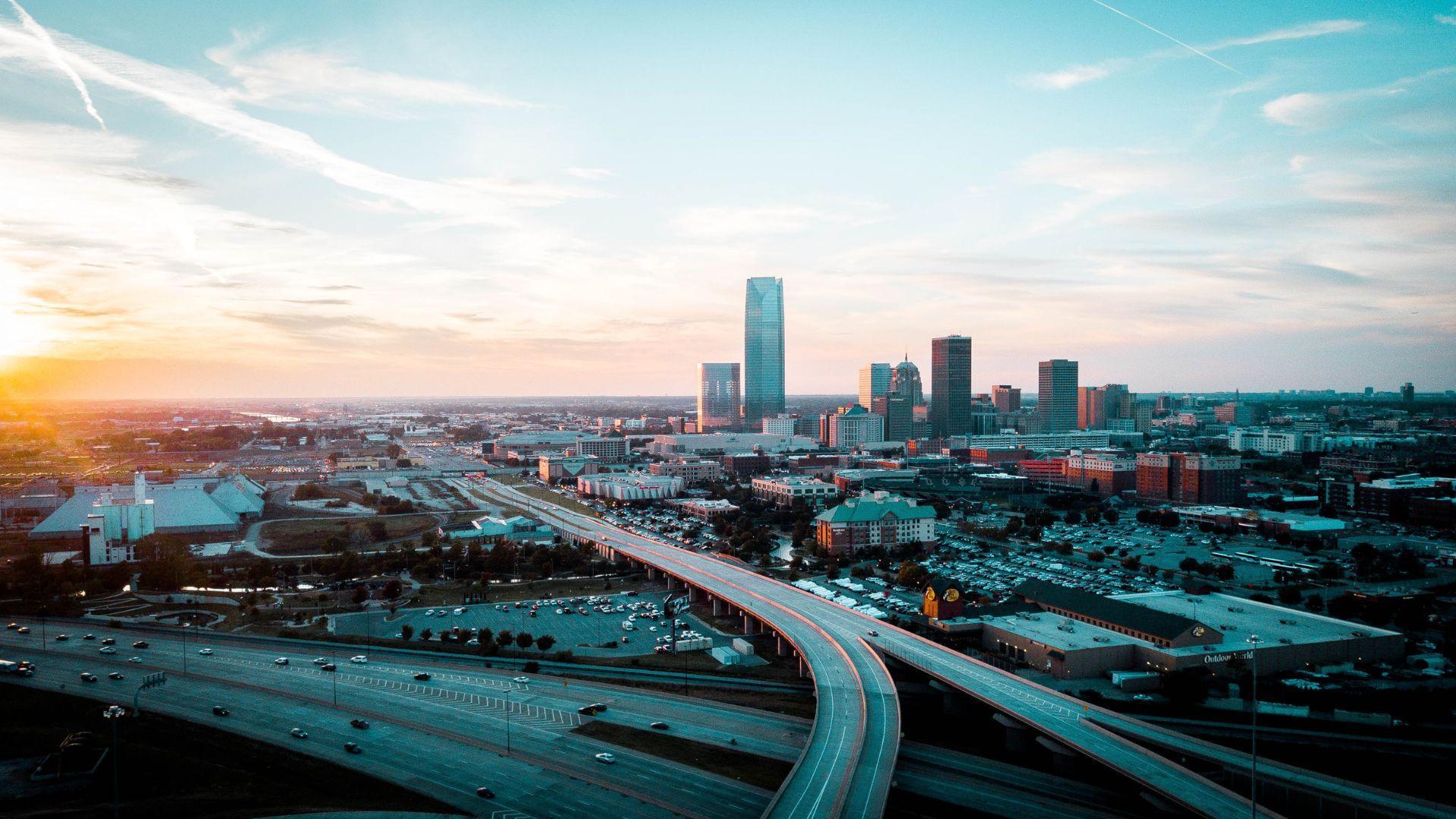
Source: Gerson Repreza/Unsplash
Despite this, the state maintains an average high school graduation rate of 81.6%.
Alabama
The state of Alabama’s educational performance is characterized by low math scores, with only about 26% of fourth graders and 17% of eighth graders scoring proficiency.
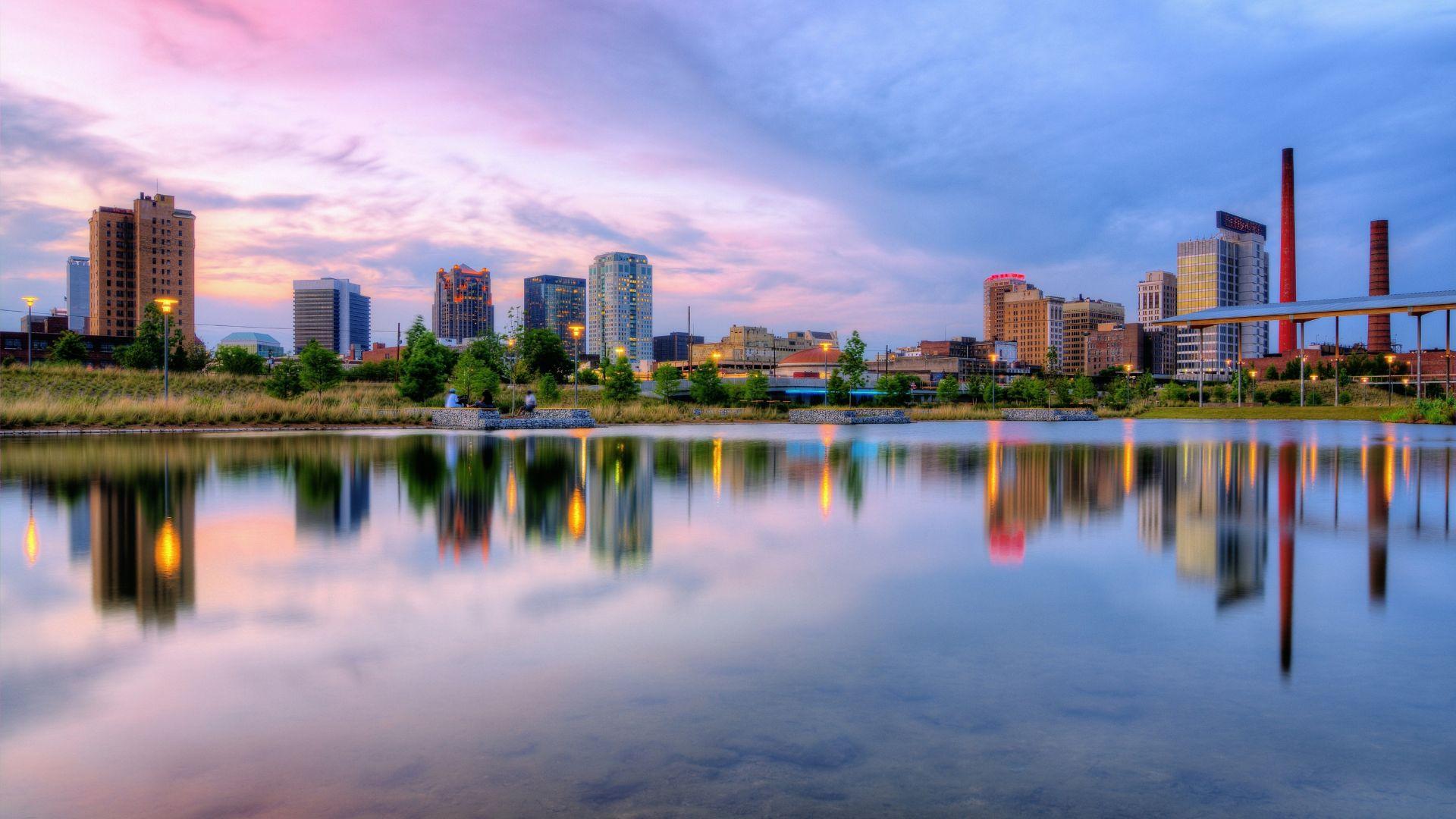
Source: Zach Farmer/Unsplash
The high school graduation rate is just below the national average, indicating broader challenges within the state’s education system.
West Virginia
In West Virginia, the percentage of adults with a bachelor’s degree is striking low at 20.6%. The quality of higher education institutions is also a concern, ranking as one of the worst in the country.
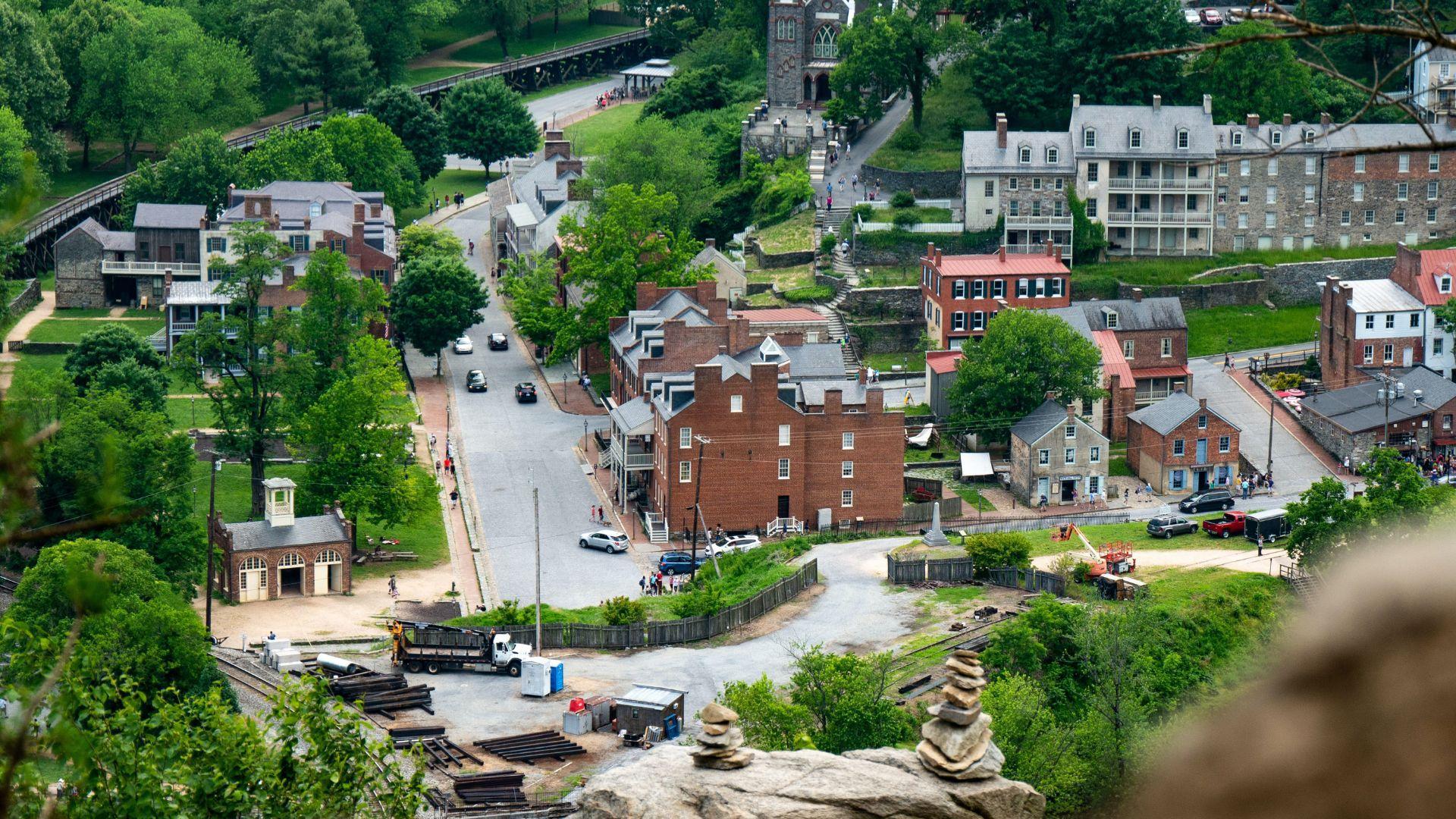
Source: Kevin Ku/Unsplash
These issues are compounded by the prevalence of low-income families within the state, which can affect educational access and quality.
